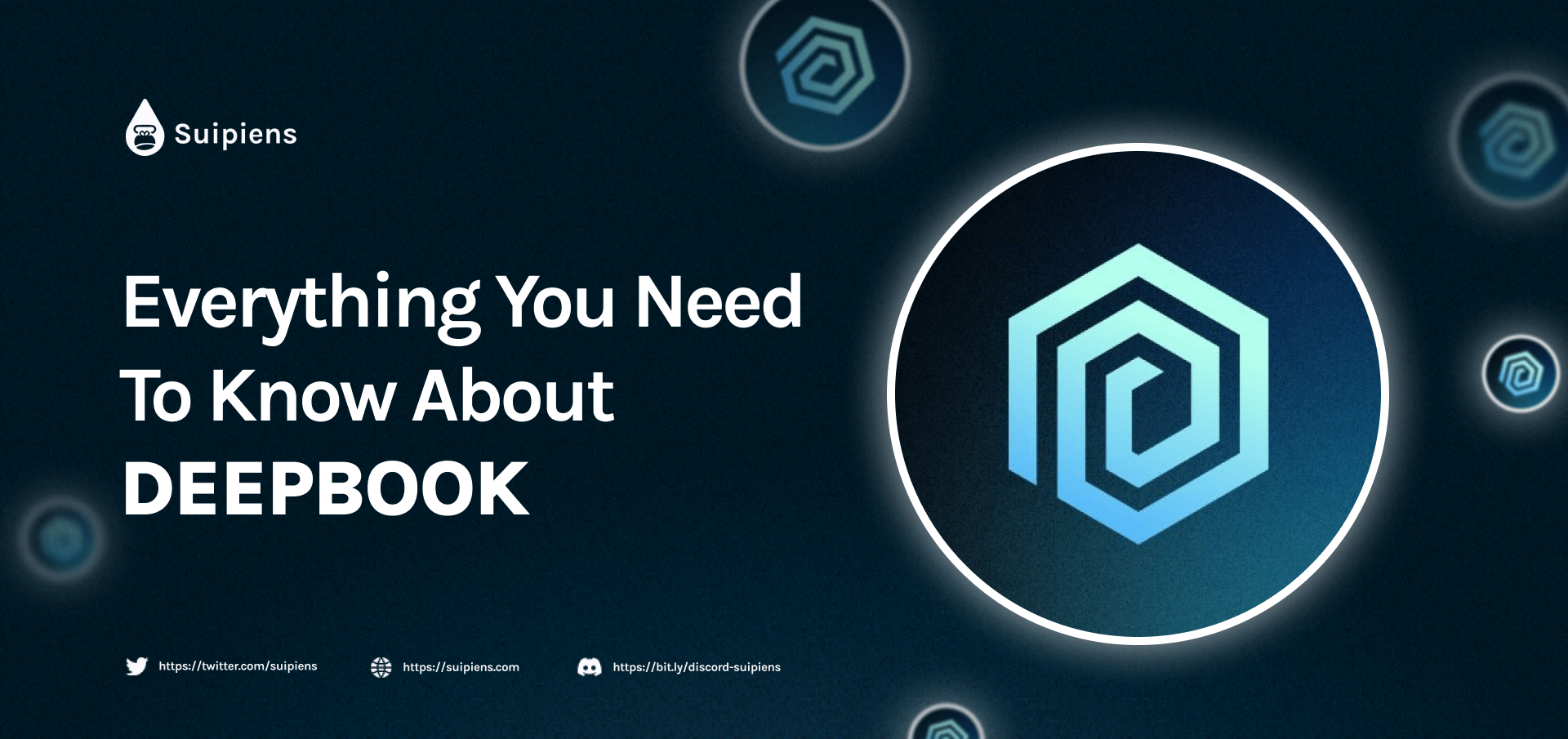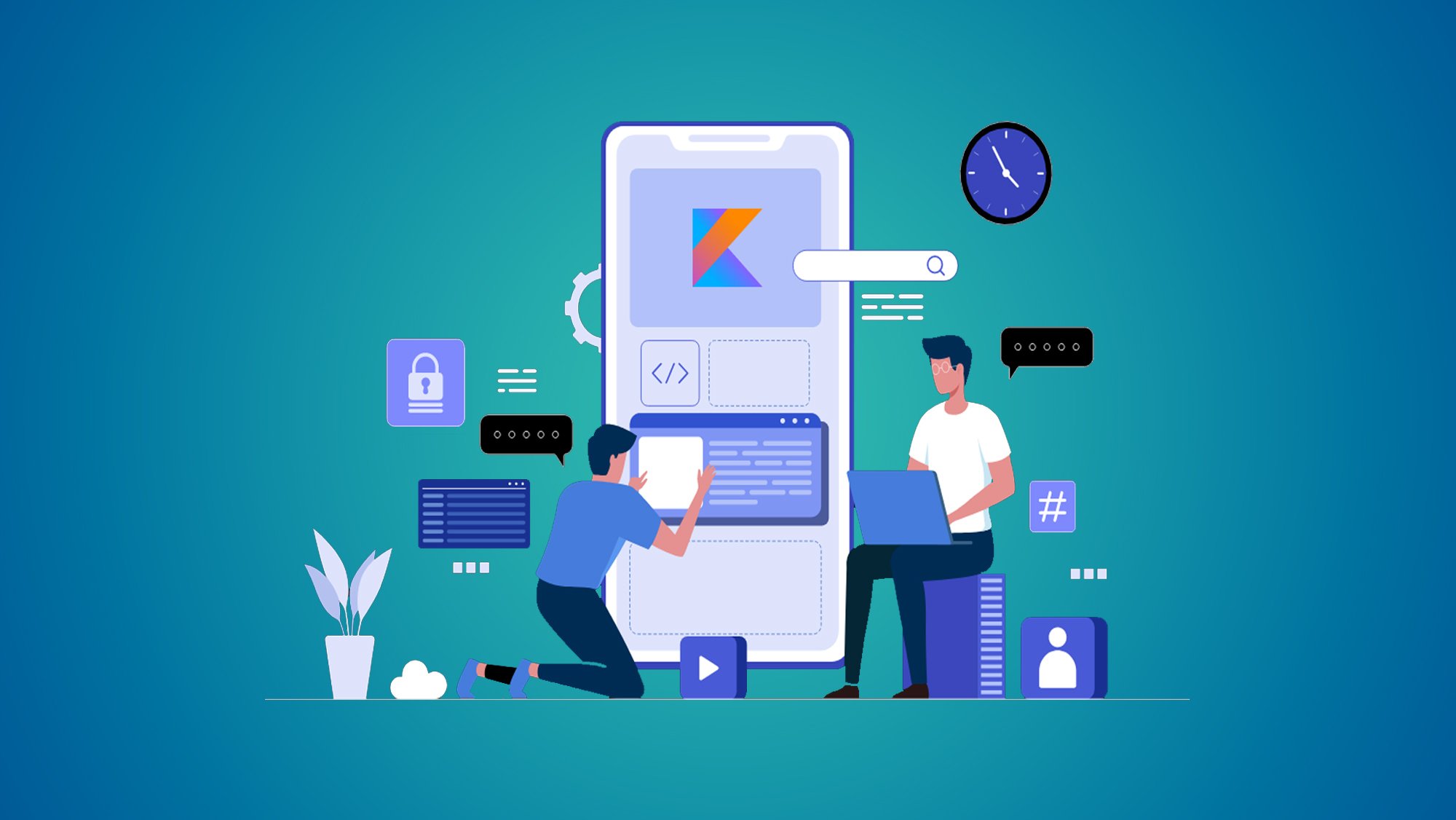Ultimate Guide To Downloading: Everything You Need To Know
Downloading files has become a daily activity for most of us, whether it’s music, movies, software, or documents. But do you really know the ins and outs of downloading? From legal concerns to optimizing your download speeds, this ultimate guide is here to break it down for you. So grab a cup of coffee, sit back, and let’s dive deep into everything you need to know about downloading.
In today’s digital world, downloading has become an essential skill. Whether you’re grabbing that new song you love or grabbing a massive file for work, understanding the process can save you time and hassle. But hey, it’s not just about clicking "download." There’s a lot more to it than meets the eye.
This guide isn’t just another boring article filled with technical jargon. We’re breaking it down in a way that’s easy to understand, practical, and packed with tips that’ll make your life easier. By the end of this, you’ll be a downloading pro!
Read also:Exploring The Magic Of Inside The Nba A Fans Ultimate Guide
Understanding the Basics of Downloading
Before we dive into the nitty-gritty, let’s first talk about what downloading actually is. In simple terms, downloading means transferring data from the internet to your device. It could be a PDF, an MP3, a video file, or even an app. But how does it all work?
How Downloading Works
When you click that "download" button, your device sends a request to the server hosting the file. The server then sends the file in small chunks called packets, which your device reassembles into the complete file. It’s like putting together a puzzle, but way faster.
- Request sent to server
- Server sends file in packets
- Packets are reassembled on your device
And voila! You’ve got your file. But remember, not all downloads are created equal. Some are fast, some are slow, and some might even be dangerous.
Choosing the Right Download Source
Now, here’s the big question—where do you get your files from? Not all sources are safe or legal, so it’s important to know what to look for.
Trusted Platforms vs. Shady Sites
Trusted platforms like Google Drive, Dropbox, and official websites are always the safest bet. They offer secure downloads with minimal risk of viruses or malware. On the flip side, shady sites might promise free movies or software, but they often come with hidden dangers.
Here’s a quick checklist to help you identify safe download sources:
Read also:How To Reach Mohela Customer Service Number A Complete Guide
- Does the site have a secure HTTPS connection?
- Are there user reviews or ratings?
- Is the file size reasonable for the content?
If something seems too good to be true, it probably is. Stick to reputable sources and you’ll be golden.
Legal Considerations in Downloading
Let’s talk about the elephant in the room—legality. Downloading isn’t always legal, especially when it comes to copyrighted material. But don’t worry, we’ve got you covered with some key points to keep in mind.
What’s Legal and What’s Not?
Downloading content that’s freely available or under a Creative Commons license is perfectly fine. However, grabbing movies, music, or software without paying for them? That’s a big no-no. Not only is it illegal, but it also supports unethical practices.
Here’s a quick rundown:
- Freeware and open-source software = legal
- Pirated movies and music = illegal
- Public domain content = legal
Always check the terms and conditions before downloading anything. It’s better to be safe than sorry!
Speeding Up Your Downloads
No one likes slow downloads, right? Luckily, there are a few tricks you can use to boost your download speeds. Let’s check them out.
Tips for Faster Downloads
First things first, make sure your internet connection is stable. A weak signal can kill your download speed faster than you can say "buffering." Here are some other tips:
- Close unnecessary apps and browser tabs
- Use a download manager to optimize performance
- Choose off-peak hours for downloading large files
And if all else fails, consider upgrading your internet plan. Sometimes, the problem isn’t your device—it’s your connection.
Protecting Yourself from Malware
Security is a big deal when it comes to downloading. You don’t want to end up with a virus or malware on your device, do you? Let’s talk about how to stay safe.
Best Practices for Safe Downloads
Antivirus software is your first line of defense. Make sure it’s up to date and running scans regularly. Additionally, avoid clicking on suspicious links or downloading from unknown sources.
Here’s a quick list of best practices:
- Always scan downloaded files with antivirus software
- Be cautious of email attachments from unknown senders
- Keep your operating system and apps updated
Staying vigilant is key. If something feels off, trust your gut and steer clear.
Managing Large Downloads
Downloading large files can be a challenge, especially if you’ve got limited storage or bandwidth. Here’s how to manage them effectively.
Strategies for Handling Big Files
One of the best ways to handle large downloads is by using a download manager. These tools allow you to pause, resume, and prioritize downloads, making the process smoother.
Another tip? Compress files before downloading. This reduces their size, making them easier to transfer and store. Just remember to decompress them once they’re on your device.
Understanding File Formats
Not all file formats are created equal. Some are better for certain types of content than others. Let’s break down the most common ones.
Common File Formats and Their Uses
For documents, PDF and DOCX are popular choices. For music, MP3 and FLAC are widely used. Videos often come in MP4 or AVI formats, while images are usually JPEG or PNG.
Understanding these formats can help you choose the right one for your needs. For example, if you want high-quality audio, FLAC is the way to go. But if you’re short on storage, MP3 might be a better option.
Troubleshooting Download Issues
Even with the best preparation, things can go wrong. Here’s how to troubleshoot common download issues.
Common Problems and Solutions
Problem: Download keeps failing. Solution: Check your internet connection and try again later.
Problem: File is corrupted. Solution: Try downloading it from a different source or re-downloading it.
Problem: Download speed is too slow. Solution: Close unnecessary apps and restart your router.
These are just a few examples. If you encounter a problem that’s not on this list, don’t panic. A quick Google search can usually point you in the right direction.
Future of Downloading
As technology evolves, so does the way we download files. Cloud storage, streaming services, and peer-to-peer networks are changing the game. Let’s take a peek into the future.
Emerging Trends in Downloading
Cloud storage platforms like iCloud and OneDrive are becoming increasingly popular. They offer easy access to files from anywhere, as long as you’ve got an internet connection.
Streaming services are also reducing the need for traditional downloads. Instead of saving a movie to your device, you can stream it on demand. It’s convenient, but it does require a stable internet connection.
Conclusion
Downloading is an essential part of our digital lives. From understanding the basics to staying safe and optimizing your experience, this ultimate guide has got you covered. Remember, always choose trusted sources, stay legal, and keep your security measures up to date.
So, what’s next? Share this guide with your friends, leave a comment with your thoughts, or check out our other articles for more tech tips. Happy downloading, and stay safe out there!
Table of Contents
- Understanding the Basics of Downloading
- Choosing the Right Download Source
- Legal Considerations in Downloading
- Speeding Up Your Downloads
- Protecting Yourself from Malware
- Managing Large Downloads
- Understanding File Formats
- Troubleshooting Download Issues
- Future of Downloading
- Conclusion


